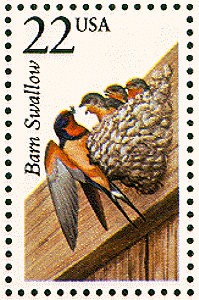For decades now, Ontario’s skies have been losing not only whip-poor-wills Caprimulgus vociferus but many of their fellow aerial insectivores – that agile “guild,” or group, of birds that feasts on the wing, snapping up airborne insects. “Frankly, most of the avian insectivores are declining in northeastern North America,” says Mike Cadman, a songbird biologist with Canadian Wildlife Service (CWS), Ontario region, in Burlington. He quickly reels off a list of species: “Swallows, nightjars, a lot of the flycatchers and the swifts … We have no clue why that would be, and it seems fairly consistent across the group.”
The steady decline that has affected the guild since the 1960s, and which has been approaching freefall since the mid 1980s, has landed some of the birds on both the provincial and federal lists of species at risk. Flagged are the common nighthawk Chordeiles minor and olive flycatcher Contopus cooperi (threatened nationally, of special concern provincially), Acadian flycatcher Empidonax virescens (endangered nationally and provincially), chimney swift Chaetura pelagica (endangered nationally, threatened provincially) and whip-poor-will (threatened nationally and provincially). But other, once numerous aerial insectivores have also declined as severely as those among the listed species. Provincially, the number of barn swallows Hirundo rustica has declined 64 percent, and chimney swifts 98 percent, between 1968 and 2008, according to North American Breeding Bird Survey data.
Source: On Nature
http://onnaturemagazine.com/plight-of-the-bug-eaters.html

- Login om te reageren
